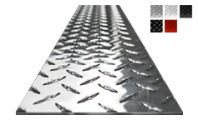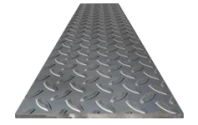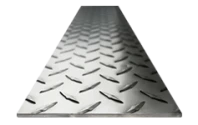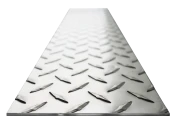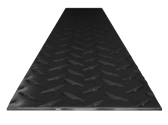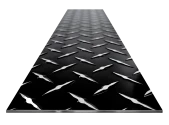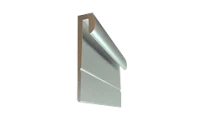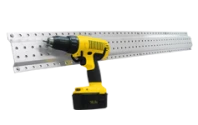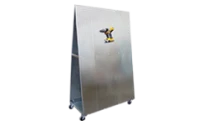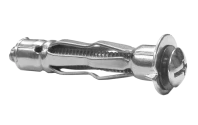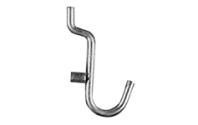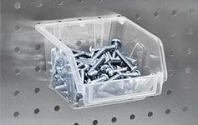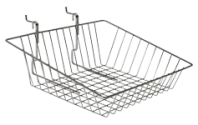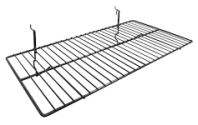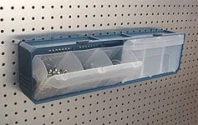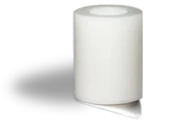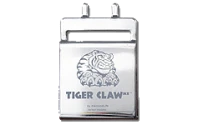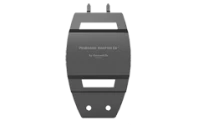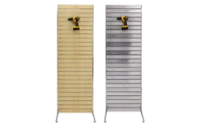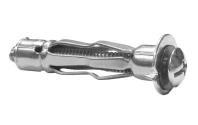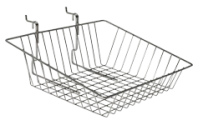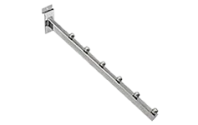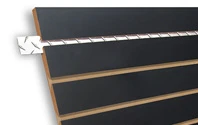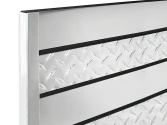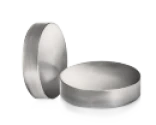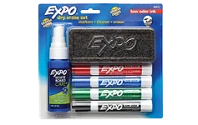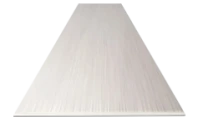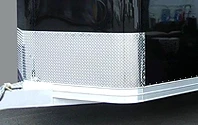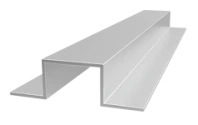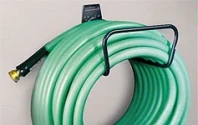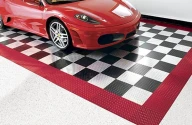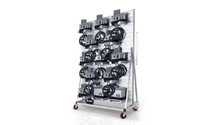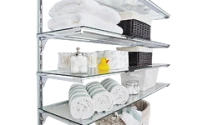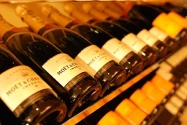- 1.888.983.4327 (98.DGEAR)
- Outside the USA +1.412.793.4158
The Wall Street Journal
ParkingSpot F1™ noted in The Wall Street Journal "The Struggle to Contain Ourselves" by Nancy Keates.
A cap rack to store and display up to 36 baseball caps. A clear plastic caddy that hangs in the closet and holds up to 150 gift bags. A children's clothes organizer with a separate shelf for each day of the week.
As the $6 billion storage and organization industry continues to grow briskly, manufacturers are filling every niche. Once just plastic bins in industrial blue or clear, specialized storage products are now available for most conceivable uses in an array of materials, from bamboo to faux leather to sea grass.
Organizers are no longer sold only at home improvement stores. They get floor space at drug stores and grocery chains such as Wal-Mart, CVS and Wegmans, which recently expanded its selection to include holiday wreath keepers and storage bags for artificial trees. Target says customer interest has grown lately in holiday-related storage as well as containers that people use "as storage but also as a decorative touch," a spokeswoman says. Style is increasingly important: Vera Bradley has a line of file folders in patterns and colors including Bermuda Blue and Nantucket Red, and Cavallini & Co. designs feature birds, maps and the Eiffel Tower.
The products are now made for more specific purposes, in more specific places. "There are so many missed opportunities," says professional organizer Monica Ricci of Atlanta-based Catalyst Organizing Solutions. Case in point: special hanging platforms for the garage that fit between the top of the car and the ceiling -- what Ms. Ricci calls "the last frontier" of the garage.
According to the International Housewares Association, closet and storage items were the fastest growing housewares category over the past five years, with consumer spending increasing at an average of 20.5% per year. The association's latest HomeTrend Influentials study ranks home organization and home storage among the hottest housewares product categories through 2010.
A University of California, Los Angeles, study published last year found what the authors called "a storage crisis" -- despite the fact that contemporary Americans control the largest amount of private housing space per person in the history of urban civilization. Of the 32 families in the study, 75% had put so much in their garages, they could not fit even one car into the space. From construction materials to excess furniture and toys, storage of material goods has become an overwhelming burden for most middle-class families, UCLA anthropology professor Jeanne Arnold says.
Carolyn Stanley's approach involves stackable bins that are the same shape, color and size. "It's all about uniformity," says the Portland, Ore., stay-at-home mom. Each camera, video camera and iPod gets its own bin, and in each bin are the manuals, cables, chargers, batteries and accessories for that piece of equipment. Her linen closet has separate bins for dental products, tweezers and scissors, medical supplies and sunscreens, to say nothing about the containers marked "king linens," "queen linens" and "double linens"
The Garage
Garage-specific shelves and racks have been around for years, but storage systems are now filling every part of the space. A $65.99 rack from Stacksandstacks.com is 3 feet wide by 3 feet deep and attaches to the space between the top of the car and the ceiling. A more elaborate system, for $249 to $349 from Issaquah, Wash.-based OnRax, comes in four different sizes, with a steel box frame and industrial wire decking.
There are also hoists that lift items and hang them from the ceiling. At Organize-It, a Detroit-based store and Web retailer, the Hoist Monster Bike Storage Rack (on sale for $29.99) has cracked the top 100 sellers. Grand Junction, Colo.-based JNK Products has a $45.99 storage bag that goes with its $46.99 double hook Storage Pulley Hoist, to keep items like life jackets, hunting equipment, fishing gear, skis and snowboards overhead.
If the garage gets so full it's hard to park, the $35.99 Parking Guide sold at Stacksandstacks.com lets drivers know when to stop.
More Stuff to Store
Annual consumer expenditures have almost doubled in the U.S. since 1990 to $8 trillion in 2006, according to the Bureau of Economic Analysis. "We've been through an orgy of getting, and now there's an orgy of storing," says Perry Reynolds, vice president of marketing at the International Housewares Association in Rosemont, Ill. The Commerce Department's November consumer-spending figures showed that purchases jumped 1.1% over October, the largest increase in 3½ years.
Tyler Wolfram, a lead partner at New York private-equity firm Oak Hill Capital Partners, says he expects the organizing-solutions industry to continue to be "quite robust" even amid the current housing slowdown. People continue to make changes in their lives -- retiring, switching jobs -- and organization products help manage transitions. The evolution and expansion of storage containers and the boom in the cottage industry of professional organizers will also keep the sector strong, he says.
The Rev. Sarah Buxton-Smith has new containers, brought by a professional organizer, to help her deal with post-Christmas stress. The 58-year-old Episcopal priest in Buffalo, N.Y., used to throw all of her ornaments, lights and nativity scenes into cardboard boxes, hoping nothing broke. But now she plans to sort her ornaments by color, material and design and store them in sturdy plastic ornament containers with cardboard dividers. She has latched totes in Christmas colors for the lights. And the wrapping paper will go in a waterproof, crushproof tubular contraption made specifically for wrapping paper. "I had no idea there were containers like this," she says.
Standolyn Robertson, president of the National Association of Professional Organizers, says the biggest mistake people make when organizing is to approach the process backwards. "They say 'I want to get organized' so they go to the store and buy lots of plastic containers," she says. Instead, they should think about how they want their space to look and what they'll be storing, and then buy products accordingly.
Shannon Silsby, a 36-year-old marketing consultant who lives in Darien, Conn., with her husband and four children under eight years old, uses that tactic. A few weeks ago Ms. Silsby (who calls herself a Type A-minus: She has separate, labeled bins in the playroom for trains, blocks and squirt guns) was shopping at the Container Store and picked up a $19 Heavy-Duty Triple Storage Bin for balls and a "beautiful" box for her desk for overflow paper.
But when she got to the checkout counter, Ms. Silsby removed both items. "I don't need this," she told herself. "I'm trying to simplify my life, and this is just adding more to it."
